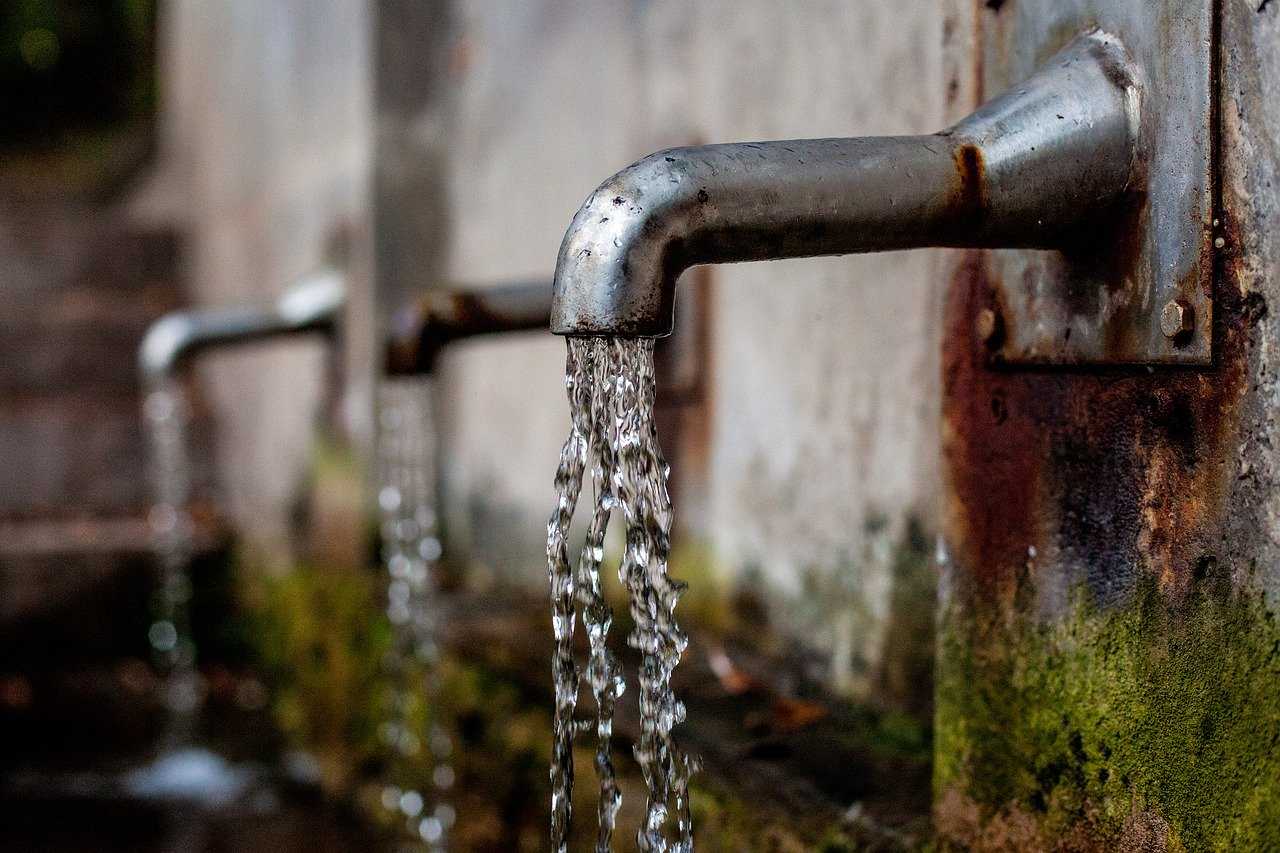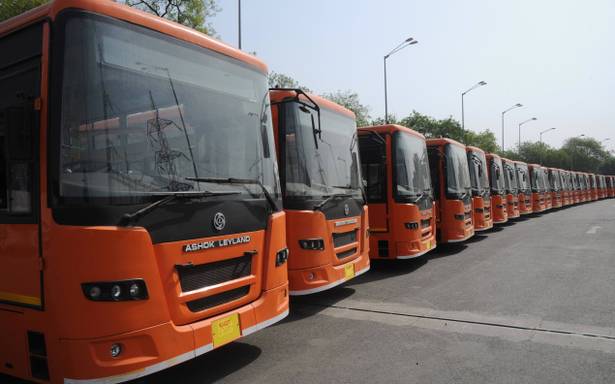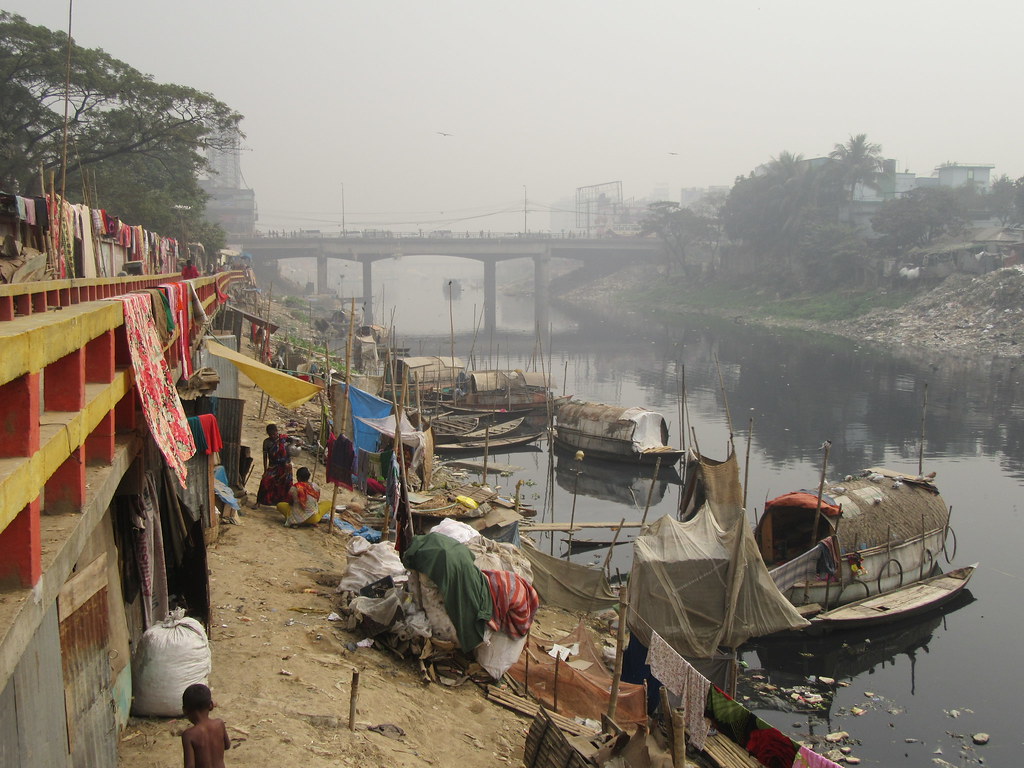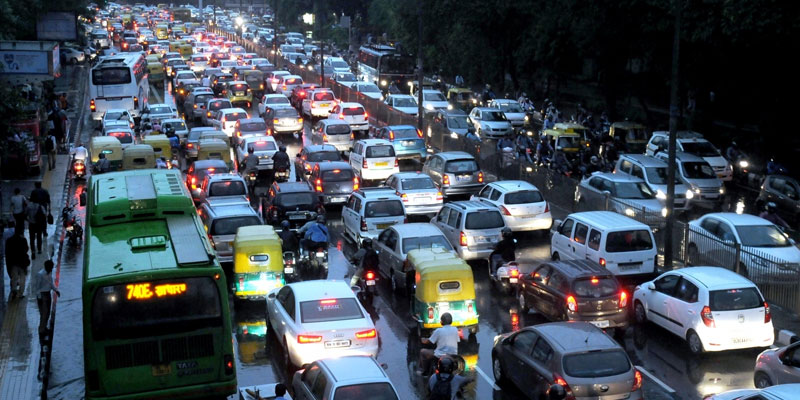EXPLORATION
Returning back to one’s roots is always an enticing experience especially in a time where the metropolis symbolises a rat race and a restlessness that does not allow people to rest. The village with its beauty and abundance, authentic interactions and simpler way of life are gradually altering but what continues to be unchanged is the spirit of homecoming that embraces one each time they enter the village.
Priyanka Yadav | The New Leam

[dropcap]T[/dropcap]he summer vacations are the most awaited time of the year. Just like all other children, the summer vacations constituted a very special time of the year for me. Growing up in a metropolitan city, the idea of ‘going back’ to the native village to my grandparents’ comforting warmth was a much cherished affair.
The prospect of visiting my grandparents’ house and our ancestral village located in the small town of Maunath Bhanjan, Uttar Pradesh never failed to have me excited.
I remember the thrills I used to get when the train was about to reach Maunath Junction- a bunch of relatives waiting at the station to receive us and my childhood self, waving at them from the far off window of the train with a big wide smile. Thus began my enjoyable two month summer vacation.
Surrounded from all sides by lush green fields, mangroves and a wide variety of cows and cattle the village landscape differed in many ways from the jam packed roads and the restlessness of the city life. The village had many small tea joints serving kulhad tea (tea in a disposable earthen container) and fresh samosa, whose aroma gripped the air around and one couldn’t resist but get down to eat.
Although we were a little privileged to own a pucca (made of bricks and cement opposed to the norm of ‘kacha’ mud houses) house in the village, the adjoining neighborhood was a mix of pucca and kacha houses standing tall and visibly surrounded by the lush green fields and the river Tamasa or Choti Saryu as it was popularly called.
Ah! I remember the goose bumps I got looking at my house from a distance. Entering into the house it was the sweet fragrance of milk, the earthy scent of cow dung and the fire wood which gave the quintessential feeling of homecoming. So much warmth and care was scattered in the air that as children the memories of the summer vacation in our ancestral home make us smile even today.
When one entered the house perhaps the first thing that one would notice would be a cot or charpoy laid out in the open seating space in a traditional village home, more commonly called the dalan. It was here that I saw my grandfather spend most of his time – from eating and sleeping to working and conversing with visitors- this looked like his most favourite corner in the entire household. I used to wonder why he never left the charpoy or why it was his most preferred place. I asked my father time and again but his answers could not satisfy me. It was only recently that an unexpected discovery of a film named Rui Ka Bojh (1997) enabled me to penetrate deep for the answers.

The film was directed by Subash Agrawal and is set in a village in Haryana. The film is about the life of an old man (Pankaj Kapoor), who after dividing his property realises that his sons and grand-children consider him a burden. In one of the scenes, before his ultimate realisation, the main characters played by Reema Laaggoo and Raghubir Yadav who are the children of the protagonist Pankaj Kapoor, decide to keep their father with them after the division of property. While discussing where they should make him stay in the house. Reema Laggoo says,
Bujurgo ki Jagah Daalan mai hoti hai, kyunki bade bujurhgo ka kaam hai ghar ki nigharni karna, Pure Ghar par najar Rakhna, koi bhi bahari vyakti aae to bujurgh use phle milta hai, yahi reet hai
( The elderly have a place in the outer seating area or the dalan because they have to look after the entire house from there, keep a watch that nothing is astray and when a stranger comes to meet, it is the eldest of the family who meets them first – this is the customary practice)
Expanding my understanding through this movie I came face to face with the reality that in a village set up, it was a symbol of respect to let the elders live in the first room of the house, since it was not only a room but the main entrance which is an important part of the house. The oldest person occupying that space becomes a statement that the house is guarded by the elders and the elders are respected, it is a way of life rather than a choice.
Cattle and livestock had a huge significance in village life and it continues to bear that significance even today. I remember asking my dadaji (grandfather) why he gave so much importance to the cows that we owned and if there was a symbolic value associated with the practice. He told me that by virtue of being a Yadav, the cattle rearing community, and being a Hindu, it is mandatory for us to own cows. It was also a matter of pride and status because to the setting that he belonged, owning a great number of cows led to social respectability. This character of rural life is very well captured in Munshi Premchand’s writings especially in his story Sau Man Anaj.
Rui ka Bhojh, helped me understand yet another characteristic of the village life. This was the daily meeting of the village elders at the house of one amongst them or at the village chaupal (a shared public space often under a tree where people sit together). The village elders gathered to sit and chat over puffs of hookah. I understood after watching Rui Ka Bojh that the larger idea behind such gatherings wasn’t just meeting one another but rather the sustenance of a village public sphere, where the old men would gather to discuss about life, cattle, agricultural yield, morality, village life and other issues over cups of tea, hookah and shared laughter.
Life in the village was quite simple at least to me- a city born girl inhabiting a two bed-room apartment amidst the fast paced and restless orientation of the metropolis.
I came from a city where people never rested, the roads were always full of people and vehicles ran fast but in the village I was mesmerised by the open fields, the slow paced leisurely days, the profundity of living in simplicity.
As I grew up I realised that a lot of work goes on in the village too from intense agricultural labour to exhausting household chores but the balance of work and life made a village in India unique. Nobody was racing to become the winner; the rat race of the city was taken over by the requirement of working together with everyone.
Although today much of what a true village was has transformed because of globalisation and large scale migration- kuccha houses and the smell of mud are a rare reality, cattle rearing has also reduced because of the burdens it brings and the minimalistic lifestyle is taken over by television sets, cars, ACs, fridges and other techno-gadgets.
[irp]
It wouldn’t be wrong to say that rural middle class is almost in the rising, at least in the village from where I hail, but even today the essence of the village has not completely faded. It continues to prevail in the language, the culture, the food, the moralities and the daily lives of the people. It isn’t the village of Munshi Premchand’s writings completely but partially it remains to be so. The village will continue to occupy a special place in my heart. It shall continue to remain a place of belonging, of rootedness, of our people, a familiar culture and language, amidst nature and love.














